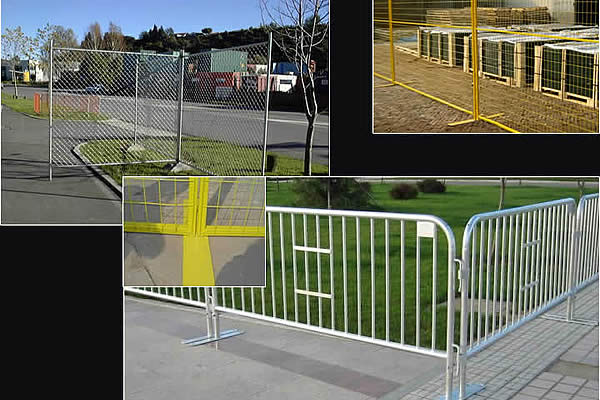Diving into the world of stainless wire mesh reveals a fascinating intersection of engineering and design that caters to a broad spectrum of applications. This intricate material, meticulously crafted from interlacing stainless steel wires, stands as a testament to human ingenuity and a cornerstone of modern manufacturing and architecture.

Stainless wire mesh excels in both robust industrial settings and refined architectural applications due to its unparalleled durability and resistance to corrosion. One of the key attributes that makes this material invaluable is its composition of stainless steel, which inherently resists rust and tarnish, ensuring longevity even under harsh environmental conditions. Industries ranging from petrochemicals to food processing rely on stainless wire mesh for filtering, sifting, and structural needs, highlighting its versatility and strength.
The expertise surrounding stainless wire mesh lies not only in its manufacturing but also in its application. For example, understanding the mesh size—determined by the number of openings per linear inch—affects its suitability for specific tasks. A finer mesh, with a higher count of smaller openings, is ideal for filtration of fine particles, while a coarser mesh might be used for solid particle retention. Selecting the appropriate mesh size and wire diameter is crucial, requiring professional experience to ensure optimal performance in its designated role.

Architecturally, stainless wire mesh elevates building aesthetics and functionality. Designers and architects frequently incorporate it into projects to achieve a modern and industrial look while also leveraging its practical benefits. Whether used as a striking façade element, for security barriers, or as decorative infill panels, its ability to balance transparency and sturdiness makes it a preferred choice. The material’s malleability allows for innovative design, enabling custom patterns that can enhance both the visual and functional dynamic of a space.
stainless wire mesh
Authoritative voices within the industry consistently underline the trustworthiness of stainless wire mesh. Engineers and contractors alike vouch for its reliability and efficiency, as its use is backed by rigorous standards and certifications assuring quality and safety. Manufacturers often conduct extensive testing to meet ASTM, ISO, and other international standards, providing peace of mind to end-users regarding performance and durability.
Another aspect that underpins the trustworthiness of stainless wire mesh is its eco-friendly nature. Stainless steel is 100% recyclable, and as sustainability becomes ever more critical in industrial practices and architecture, choosing materials that minimize environmental impact without sacrificing performance is paramount. By opting for stainless wire mesh, companies not only align with eco-conscious practices but also contribute to the reduction of their carbon footprint.
In practical, real-world applications, testimonials and case studies serve as invaluable resources, showcasing instances where stainless wire mesh has solved complex challenges. For instance, a chemical plant in Northern Europe was able to improve its filtration process efficiency by adopting a custom stainless wire mesh design, resulting in significant cost savings and enhancement of operational performance. These stories, embedded with real experiences and outcomes, reinforce the material’s esteemed position in the realm of industrial solutions.
In conclusion, stainless wire mesh stands out not just because of its intrinsic physical characteristics but also due to its adaptability, sustainability, and the confidence it instills in professionals across various fields. It is more than just a product; it is a solution that marries form and function, supported by a foundation of expertise and a wealth of practical experiences. Whether in an industrial context or as a component of avant-garde architecture, stainless wire mesh proves to be a remarkable asset.
 TEL:
+86-13102802206
TEL:
+86-13102802206
 Email:
fencenetting@china.com
Email:
fencenetting@china.com
 Language
Language
 TEL:
+86-13102802206
TEL:
+86-13102802206
 Email:
fencenetting@china.com
Email:
fencenetting@china.com
 Language
Language



